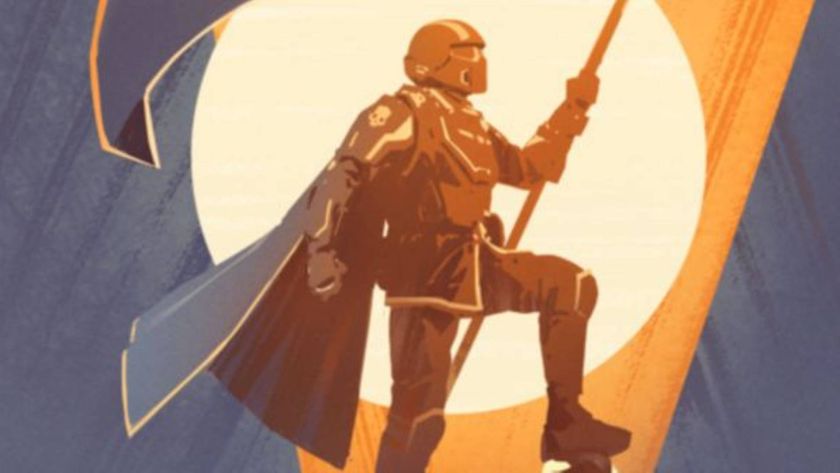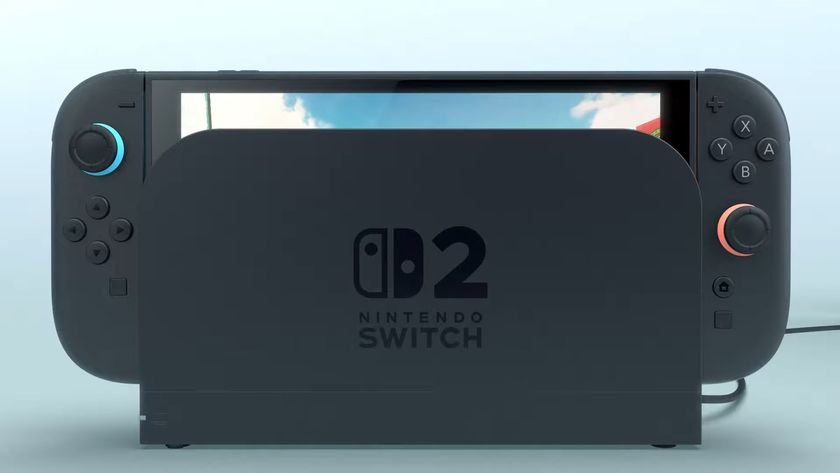FlatOut: Exclusive developer diary - part two
Latest behind-the-scenes look at the mental stock car pile-up
Developed by Finnish petrolheads Bugbear Entertainment, mental stock car pile-up FlatOut is not for the faint-hearted Sunday driver. Thanks to completely destructible cars and worlds and persistent, dangerous debris, each and every lap is more fraught than the last. In the second of a series of exclusive developer diaries, Bugbear's Ilari Lehtinen - the game's 3D artist - talks us through the creation of the game's environments...
Last time we gave you a and now it's time to look at the surroundings you'll drive in. Track artists begin by brainstorming an interesting race track profile by sketching it on paper, including some of the defining features such as forest areas, ponds and hills. If the sketch doesn't cause any complaints, respective track artists begin modelling the track. No frills there, only good old-fashioned manual labour.
In the texturing process comes a neat trick worth mentioning: big cover-all base texture, or colourmap as we call it, is painted with all the respective ground colours defining the road surfaces, sandy areas, asphalt etc. On top of this come the small detail maps. The result is magnificent - smooth colour transitions between landscape features without unexpected and abrupt texture changes or seams and, above all, it's easy to adjust and change if needed.
At this point the basic track makes its way to the current build of the game so other team members can test it and give useful pointers and opinions to whoever is working on it. In essence, it's just driven around as hard as possible while still staying on the marked track. After a short while a picture forms: on this bend it's easy to overshoot, this jump here covers the following turn from view until it's too late and so forth.. Basically we look at all the quirks and surprises of the track design, so it can be taken into account when placing objects and other features later on: "If in most cases the driver ends up in spot x after this section, let's have something waiting for him there!"
After creating the basic groundwork comes the environment. On forest-based tracks, several thousand trees and bushes are placed and lush grass thrown all over. For the next task, a separate team has created a massive library of objects ready to go into game, with all textures and physics parameters in place. Audience stands, race controller towers, ad stands, fences and all the other stuff you could imagine relevant for the particular track in question comes from there and everything is easily replaced and updated to the latest version if any changes occur. An exhaustive stack of reference material is used for this to keep things looking realistic in relation to the theme. Also, it helps in avoiding any overshooting with colours and other potential mistakes.
From there on, it's polishing and bug-hunting, some changes according to observations on the gameplay, repeated until everyone's happy. Next time I'll try to cover the most notable and talked-about aspect of FlatOut in detail - the physics.
Sign up to the 12DOVE Newsletter
Weekly digests, tales from the communities you love, and more
FlatOut is released for PS2, Xbox and PC in November. Keep an eye out for further developer diaries over the coming weeks












